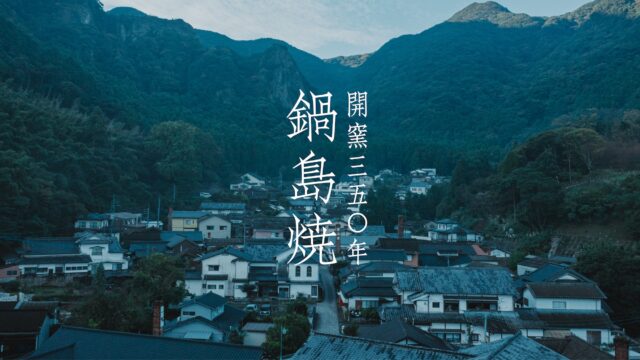Shitsurindo and ZOZO NEXT Launched Collaborative Research on New Lacquer Techniques
KOGEI Topics VOL.19
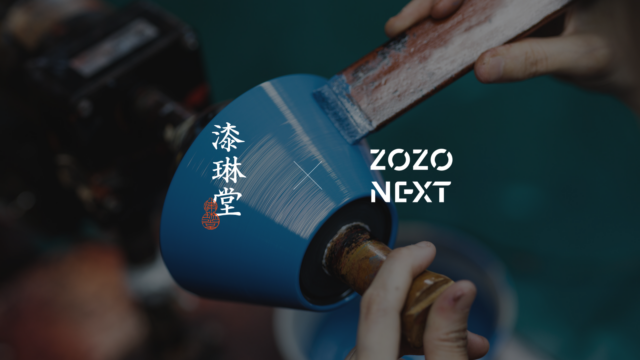

VOL.1-19
Update
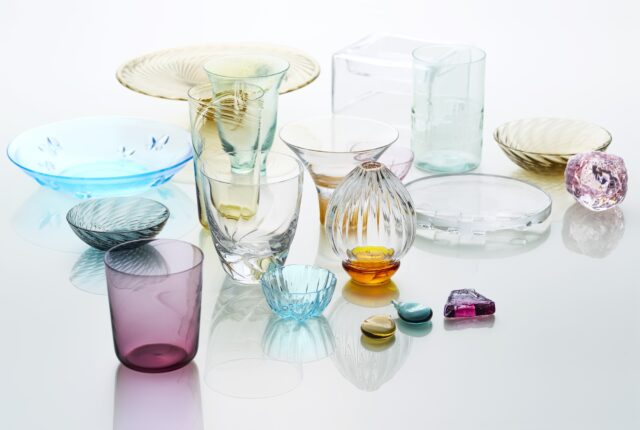
VOL.1-17
Update
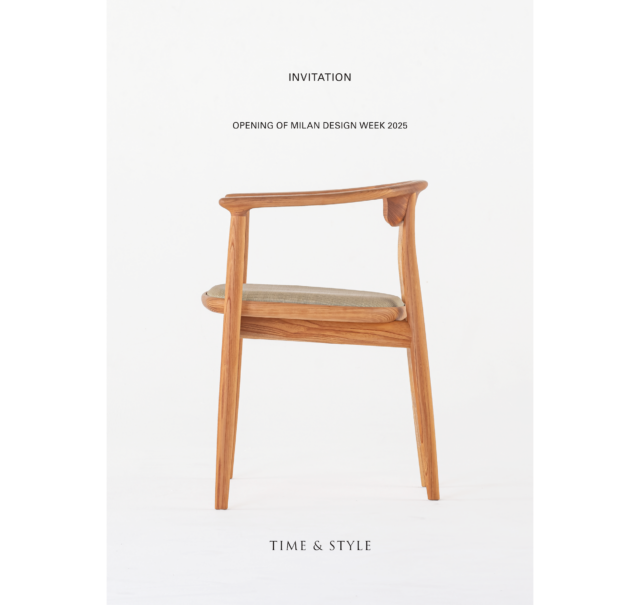
VOL.1-43
Update
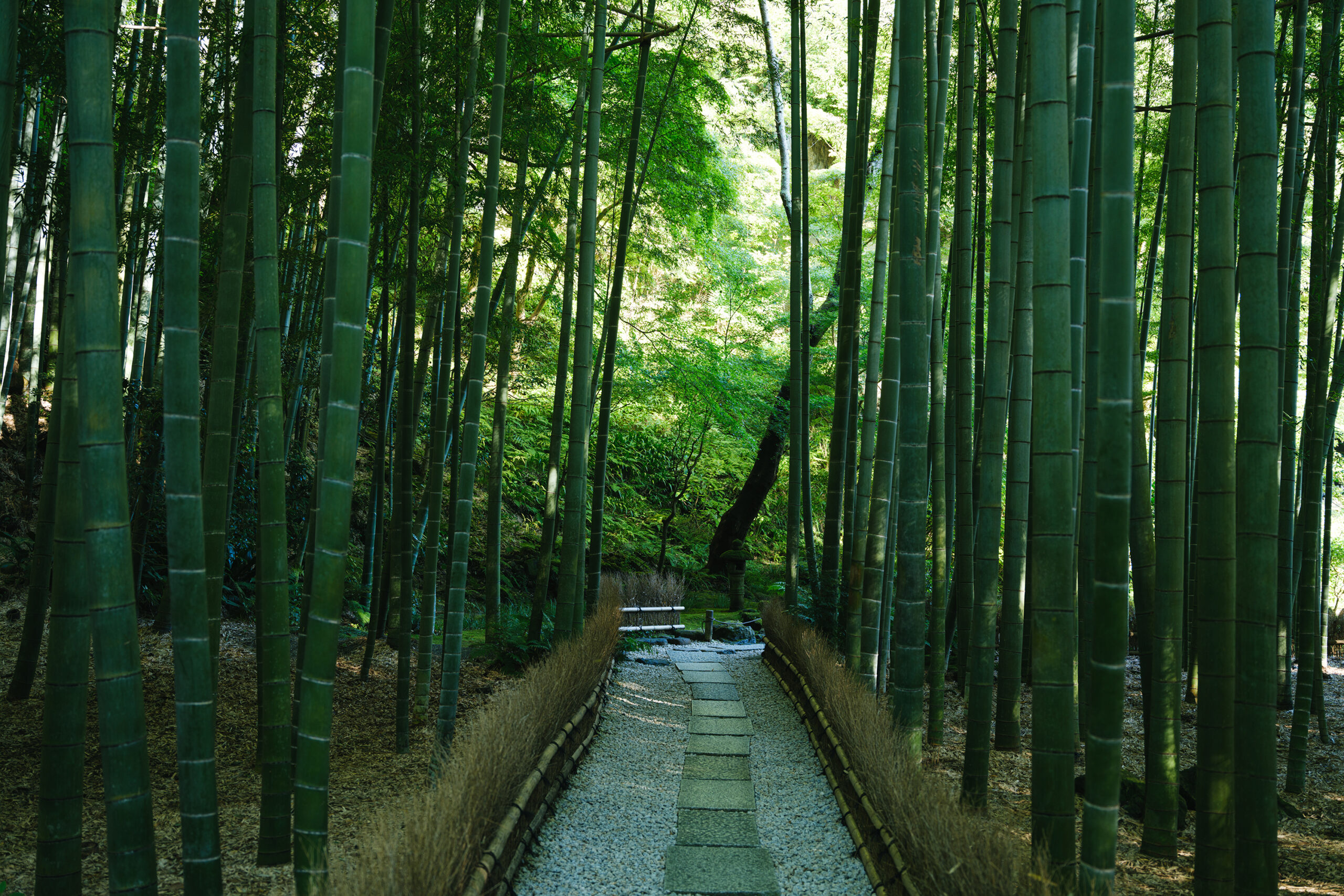
VOL.1-2
Update
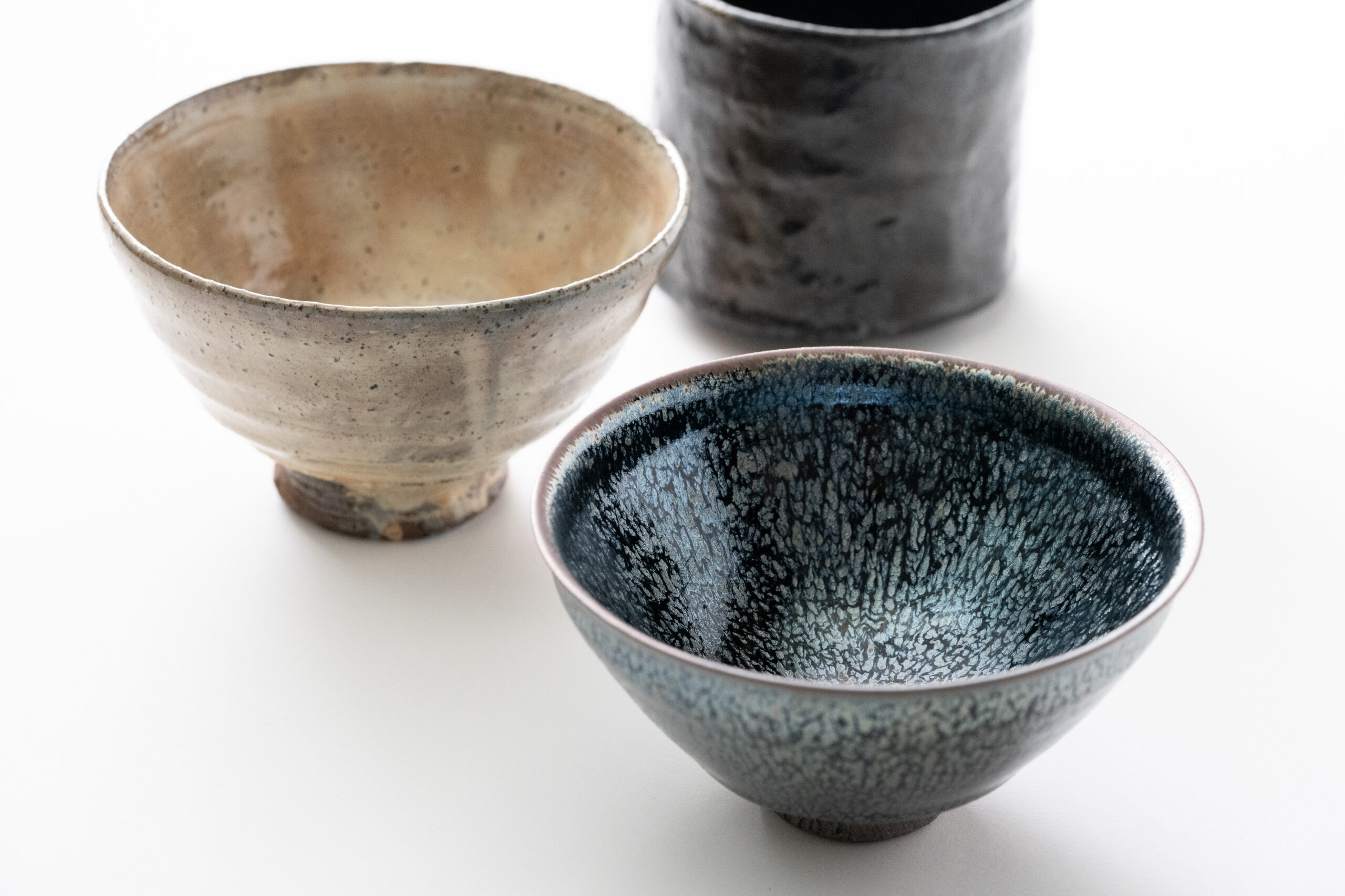
VOL.1-3
Update
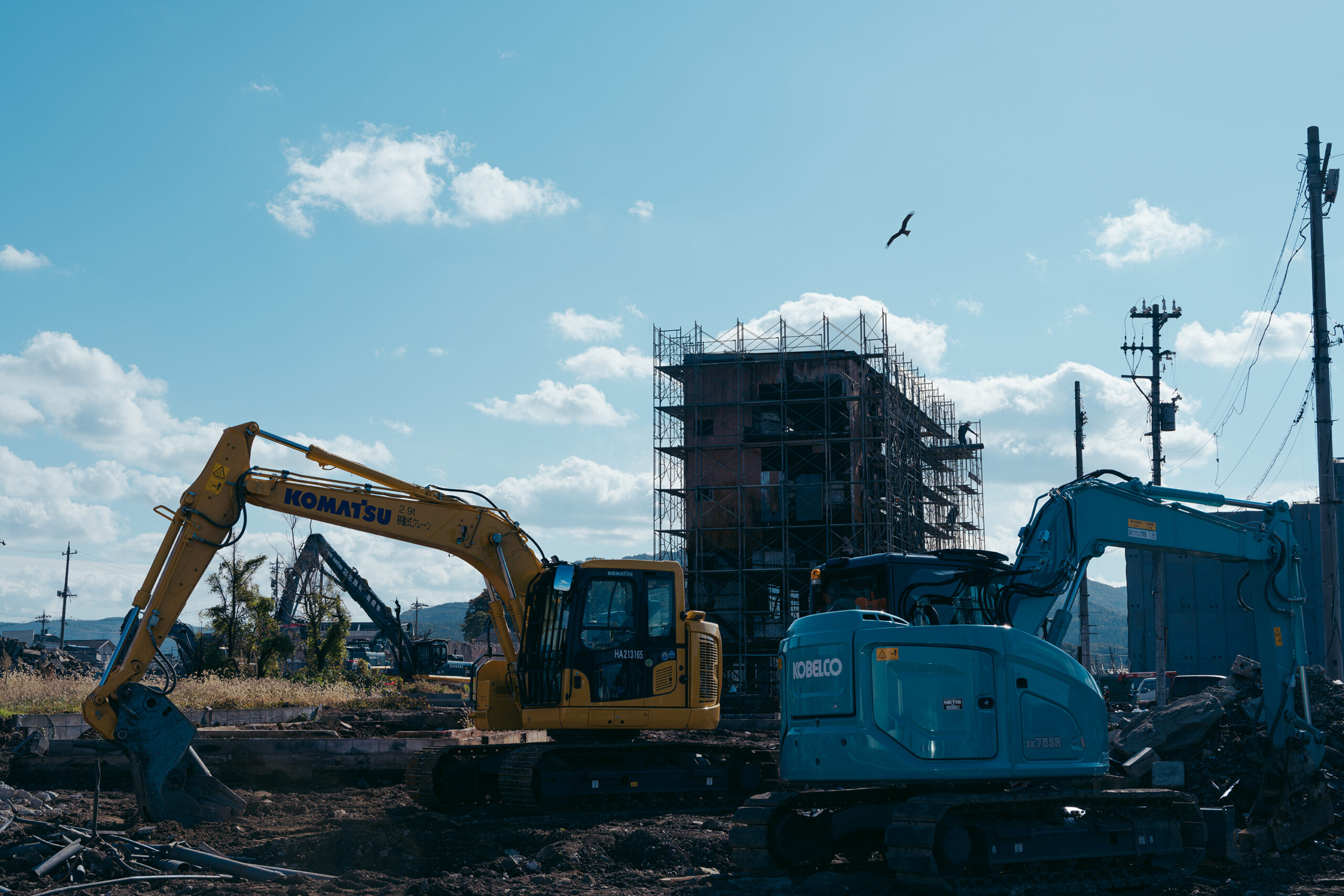
VOL.1
Update
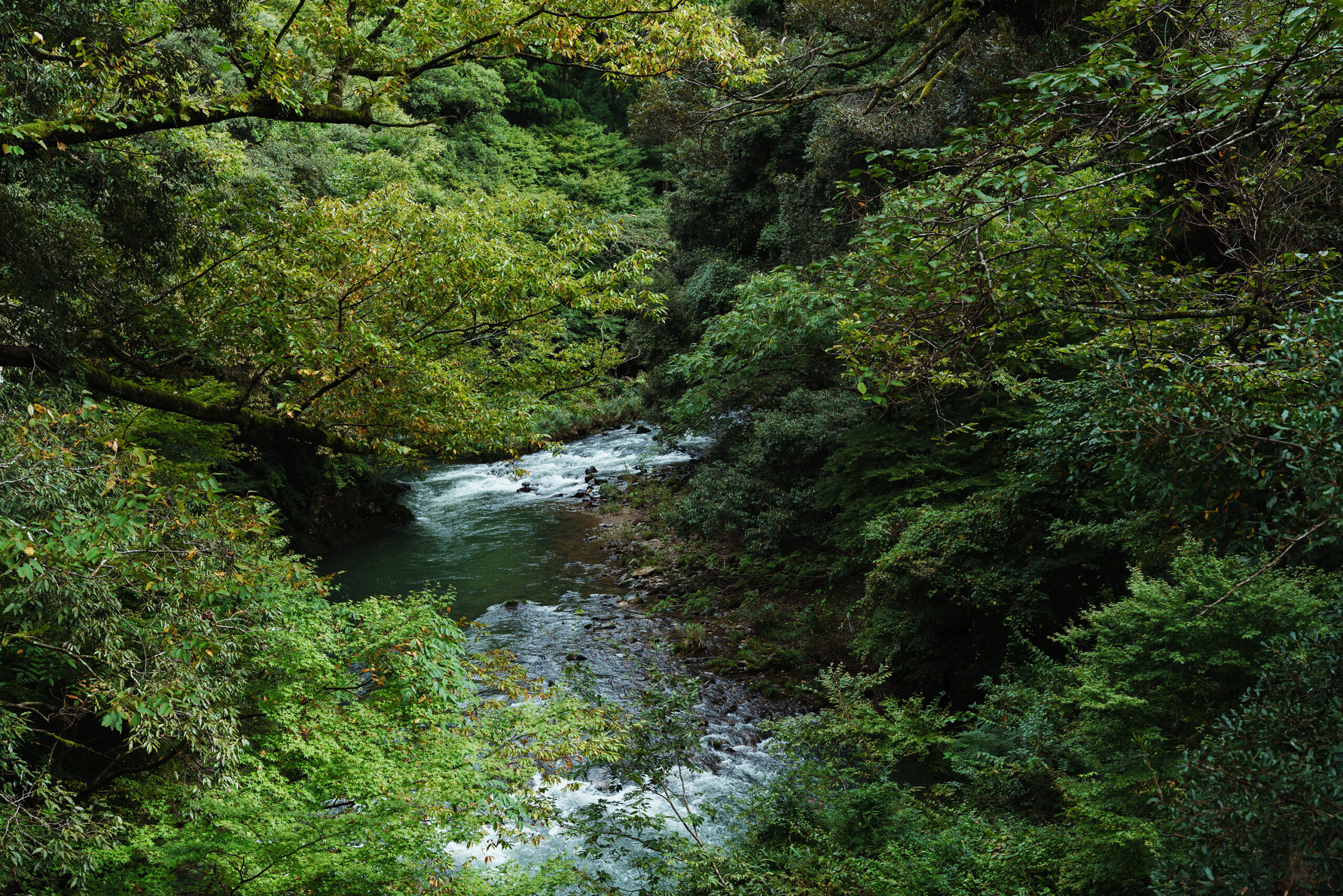
VOL.1-7
Update
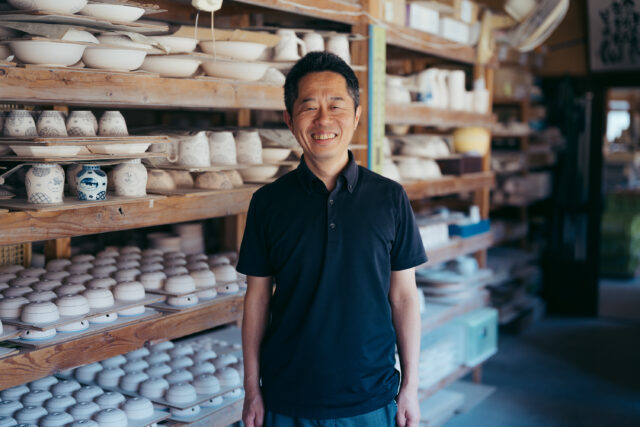
VOL.1-32
Update
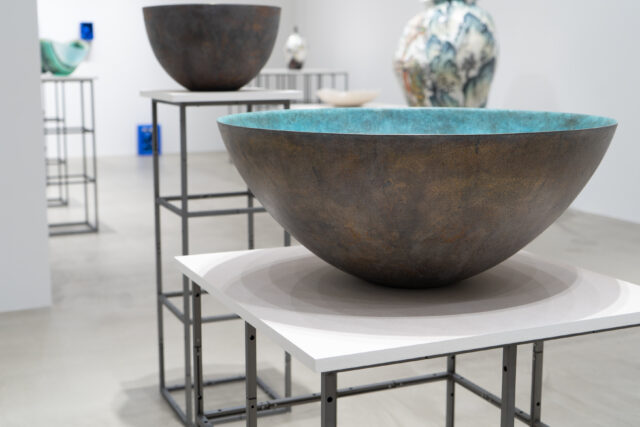
VOL.1-26
Update
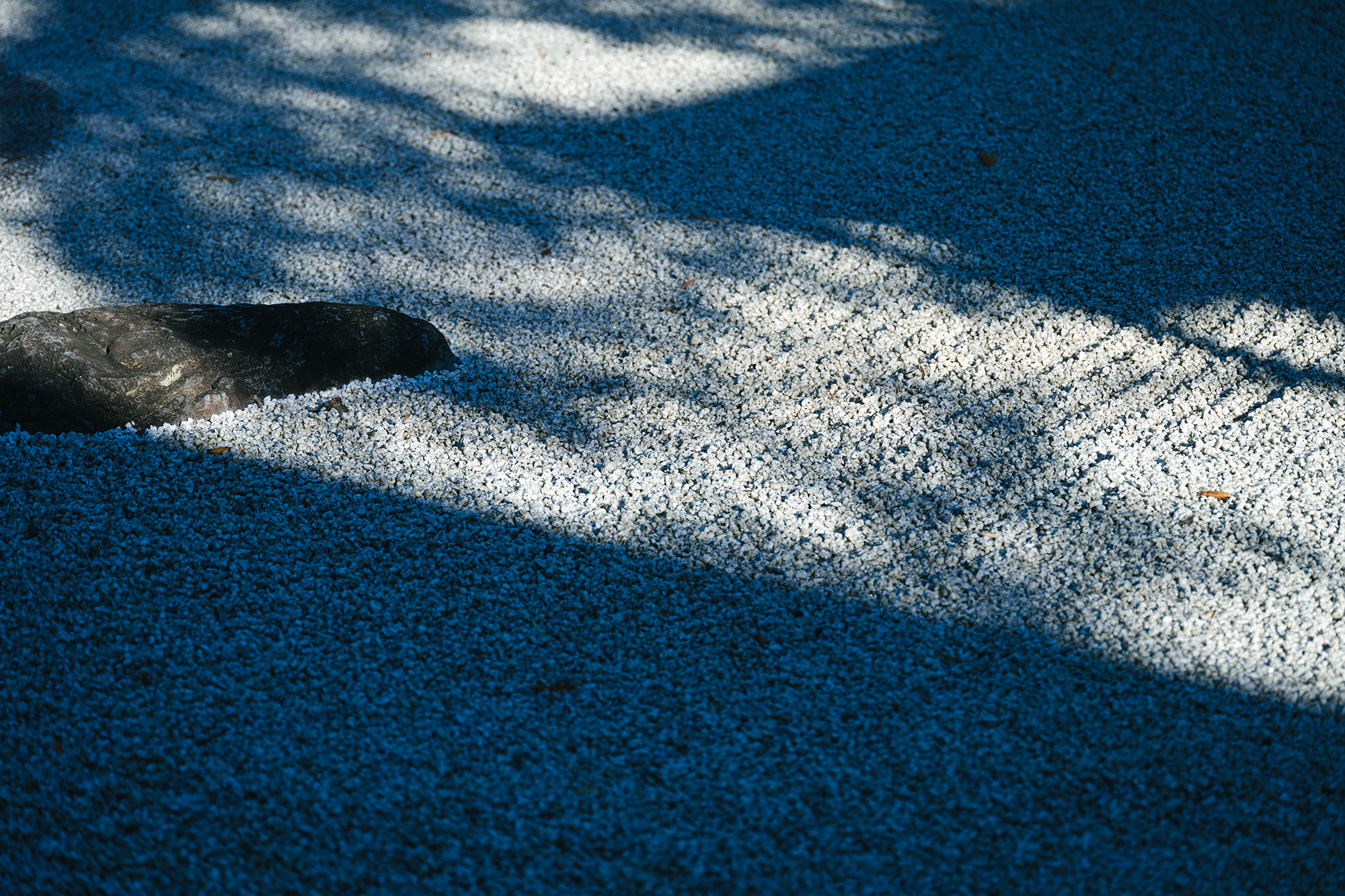
VOL.1-12
Update
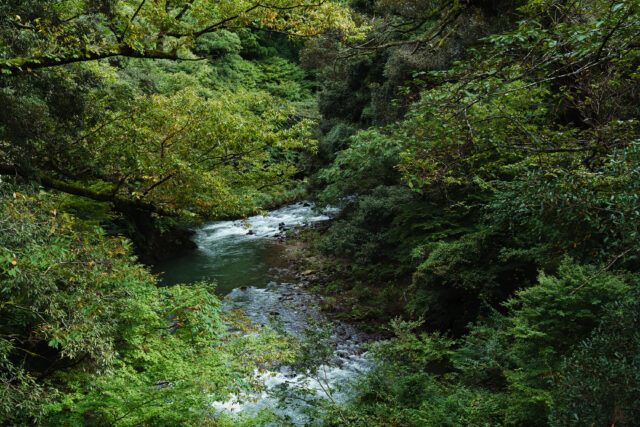
VOL.1-3
Update
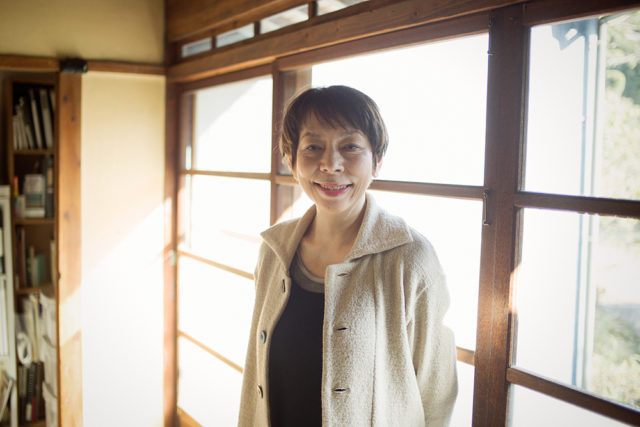
VOL.1
Update
We share a variety of information and perspectives on Japanese crafts, including exhibition information and interviews.
KOGEI Topics VOL.19
New Products VOL.17
Featured Exhibitions & Events VOL.43
KOGEI Topics VOL.18
Apr 5 – Jun 22, 2025
SEIKADO BUNKO ART MUSEUM
Apr 8 – May 6, 2025
The Gotoh Museum
Apr 11 – Jun 15, 2025
Kyoto City KYOCERA Museum of Art
Apr 12 – Jun 29, 2025
TOGURI MUSEUM OF ART
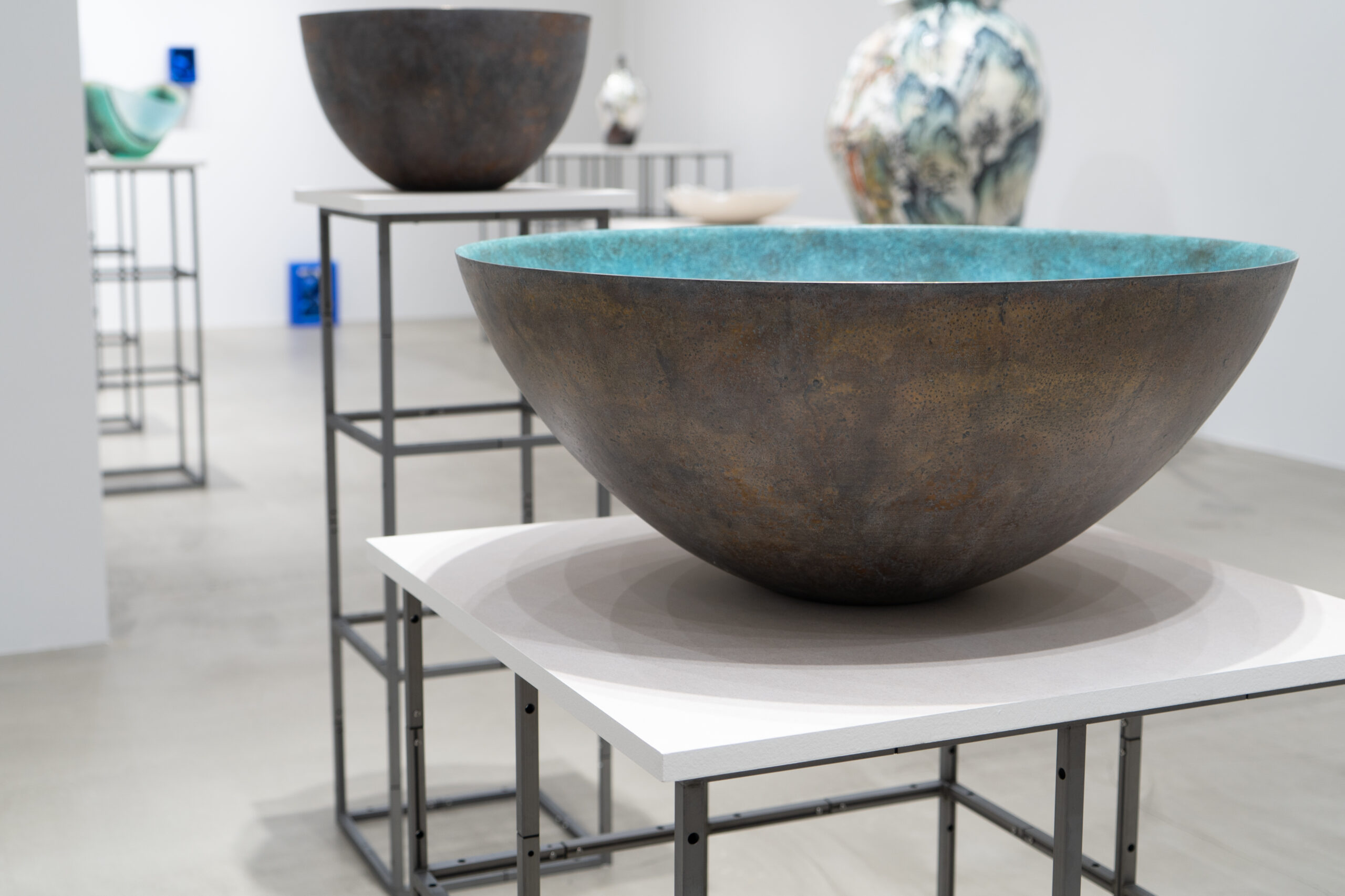
According to Kentaro Takayama, the co-curator of this exhibition, craftsmanship traditionally focuses on techniques and materials, while contemporary art is based on concepts. However, recently there has been an increase in the number of craftsmen who emphasize concepts, defying genres and blurring the boundaries between “craft” and “art.” Indeed, many works in this exhibition are created around concepts, reflecting a very contemporary approach to thinking about art.
On the other hand, materials such as glass and lacquer, as well as decorative techniques like painting and carving, undeniably occupy a crucial position as elements that shape the beauty of crafts and are integral to the composition of the works, in essence, merging seamlessly with contemporary artistic qualities. Such integration is indicative of high-quality work, whereas a lack of robust concept or forced rationale in materials and techniques can quickly lead to mediocrity. In this sense, it is undeniable that this exhibition features many high-quality works that are expected to hold significant value in today’s art market. While it is unfortunate that not all can be introduced here, the exhibition achieved its goal of presenting the artisanal beauty of craft, suggesting new possibilities for its future.
Written by Kyoko Tsutsumi
* This exhibition will travel to Kenninji Temple in Kyoto from November 3 to 5, 2024. Exhibited works may vary between Tokyo and Kyoto. Please check the official website for further details.
General information
Special Exhibition: Art Kogei, from Japan to the World “The Future of Artisanal Beauty: Vessels, Wrappings, Decorations”
Website: https://artkogei.com/en/
